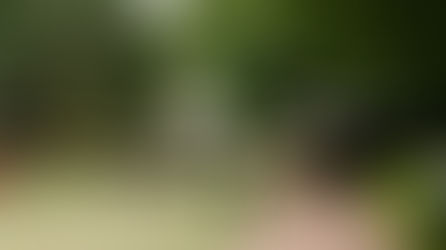Bottled History
- Quentin Von Essen
- May 31, 2019
- 4 min read

At a recent dinner celebration for a long-time friend, we decided to open a bottle of Petersons Wines 2003 Cabernet Shiraz, which was just superb – displaying ripe stewed fruit aromas with wafts of aniseed. What then followed was a discussion about what wines age well and the changes in ageing wines – especially since the introduction of the screw cap closure.
The wine industry loves to talk about ageing and collecting wine because drinking a really old wine brings with it a romantic allure, a chance to experience a year that has some special significance to us - an anniversary, the birth of a child or a year of some other momentous occasion. But, drinking an aged wine also introduces us to flavours and textures that we would otherwise never have experienced had the wine not undergone ageing.
For experienced wine tasters, wine does not truly display its complexities until it has been properly cellared and aged. The point of ageing wine is that it can develop the complexity of aromas, flavours, and change in texture that can’t be duplicated. This makes for a unique drinking experience that only you can experience at that moment in time.
Most winemakers today would tell you that much of the wine made today should be consumed as early as possible – while the wines youthful fruit can be enjoyed.
Studies suggest only about 10% of red wines and 5% of whites will actually improve over time in the bottle, and only 1% of wines will improve beyond a decade.
That said, only 1% of all the wine produced in the world is meant to be aged.
Of course, this also means that 99% of all the wine we buy is meant to be consumed right now. This doesn’t mean that the wine expires soon after it’s purchased, it simply means you shouldn’t purposefully age it, as you won’t be getting any benefit from it.
Only wines that are considered “premium” truly benefit from ageing, and there are all sorts of rules (depending on the grape variety of the wine you want to age) that determine just how long you should age it and when it will be ideal for drinking.
Those wines high in acids, tannins and phenols will stand up to extended ageing better than those that are low in these components. When it comes to red wines, the most obvious candidates suitable for long-term ageing are Cabernet Sauvignon, Cabernet Franc, Merlot, Shiraz, Nebbiolo, Sangiovese, Tempranillo and Pinot Noir.
The majority of white wines such as Sauvignon Blanc, Pinot Grigio and Moscato are made to be enjoyed while still young. White wines that have good ageing potential include Oaked Chardonnay, and white wines with higher acidity, such as a dry Verdelho, Riesling and Semillon. Ice wines are also candidates for extended ageing because they contain high acidity and high sugar levels.
Hunter Semillons are among the greatest and most distinctive wines in Australia – if not the world. As a cellaring wine, it is one of the greatest whites in the world, and can live for a good 20 years, often much longer, mellowing from a fresh, tangy, fruity, pale-coloured white wine into a deeper-coloured, softer, richer, fuller (but never full-bodied) wine.
When it comes to the best time to open your Hunter Semillon, Dave Fromberg – owner and winemaker of Running Horse Wines and aged wine specialist has some tips -
“When first bottled, Hunter Valley Semillon is almost water-white in appearance, crisp and delicious with aromas of citrus, grass, straw and subtle green herbs,” says Dave.
“After about five years they are in the first stage of bottle ageing and show signs of increased complexity and fresh acid, with new layers of flavour developing as the wine slowly transforms.
“Patience pays off, and after ten years the finest examples of this wine, with acidity that has mellowed and low alcohol transform into this amazing complexity – revealing the rich, honeyed, grilled nut characters that make this wine unique.”
“After that, the rate of change slows, but a great Semillon can live for 30 to 40- years with careful cellaring.”
When it comes to cellaring conditions, you do not need a purpose-built cellar in the basement of your house to age your wines! The two most important factors for cellaring wine at home, are the stability of temperature and the physical stability of the wine - so try not to move it around too much.
The level of humidity was more important when wine was sealed with corks, as you didn’t want the cork to dry out, and no longer be airtight. For cellaring, those wines with a cork will need to lay flat to keep the cork moist and prevent air from entering and oxidising the wine. Stelvin sealed wines (screw caps) can be stored upright.
It is also important to ensure that the wines are kept in the dark, as the light will lead to more variation in the temperature and can trigger chemical reactions which lead to the tainting of the wine.













































































































